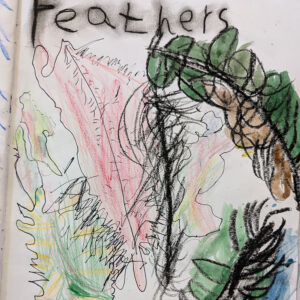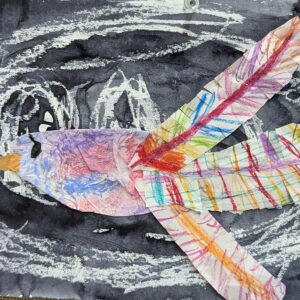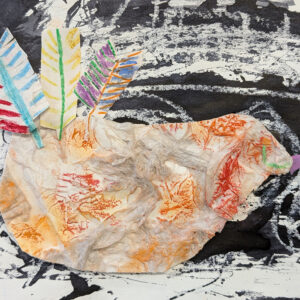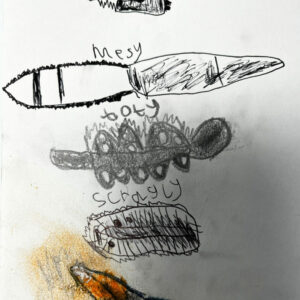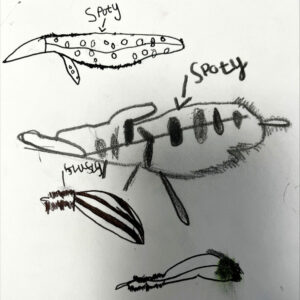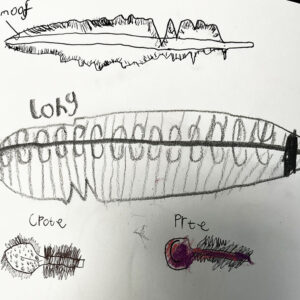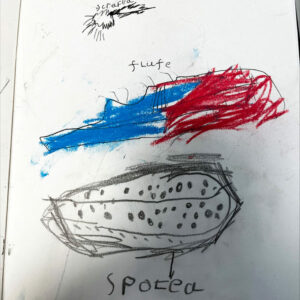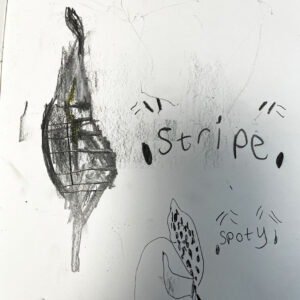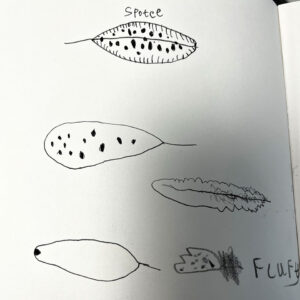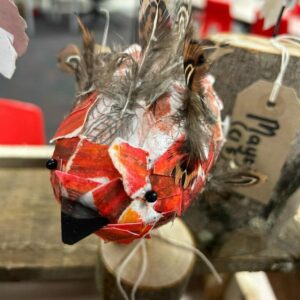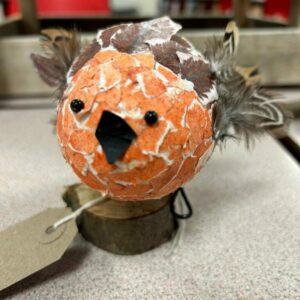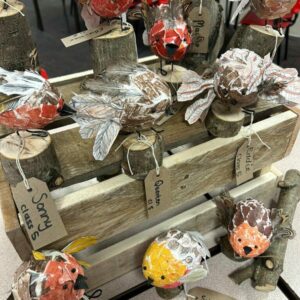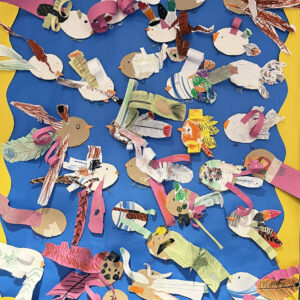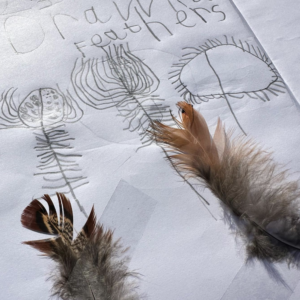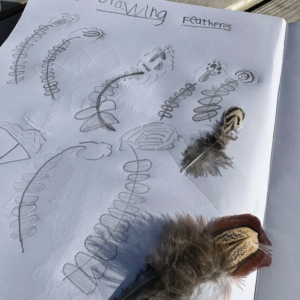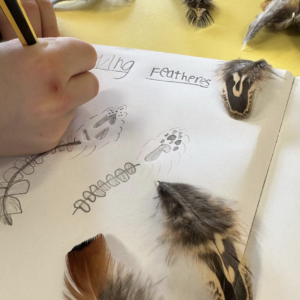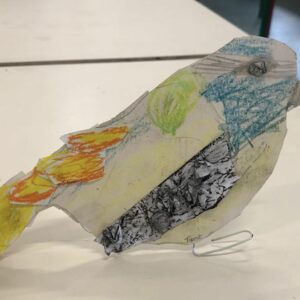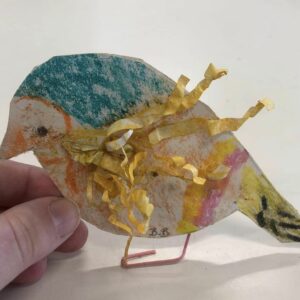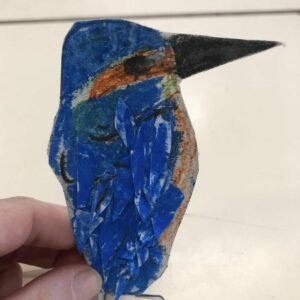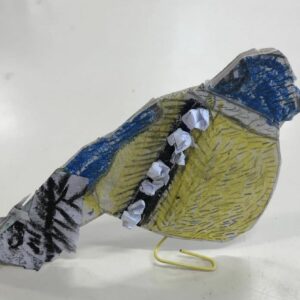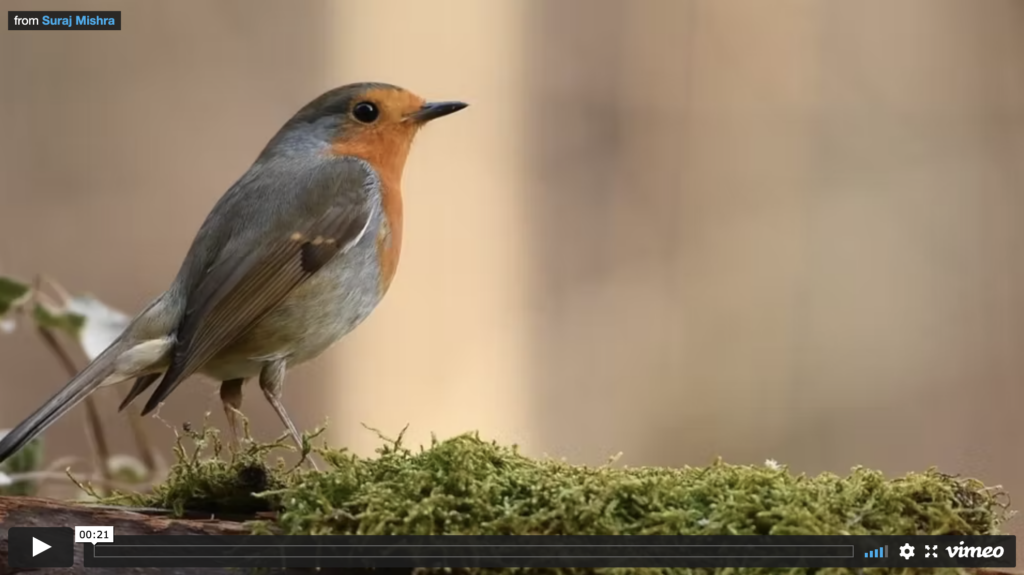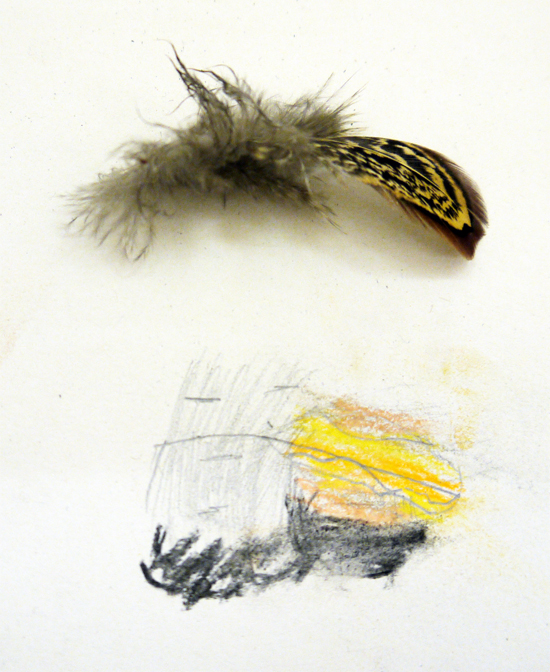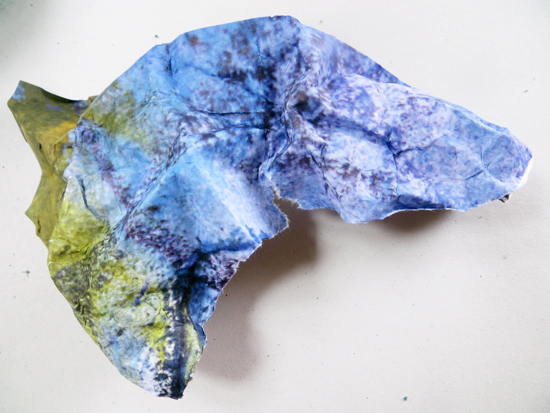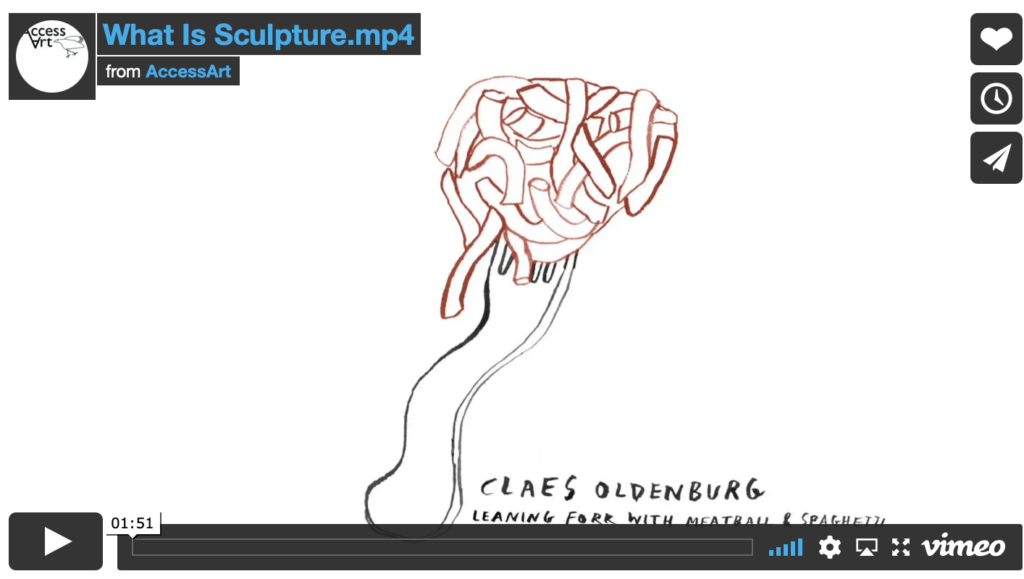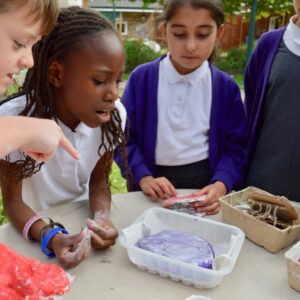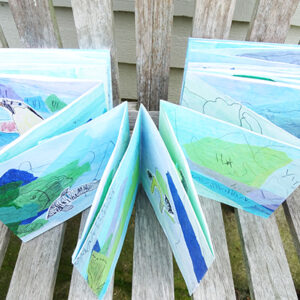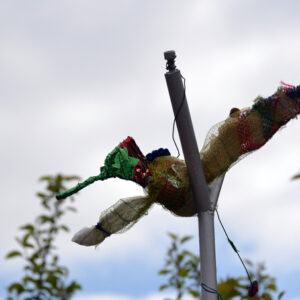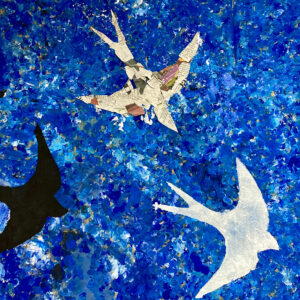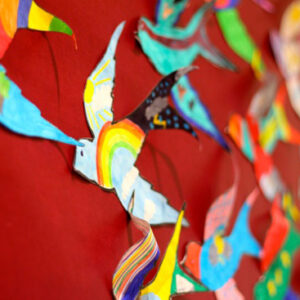Pathway: Making Birds
Pathway for Years 1 & 2
Disciplines:
Sculpture, Drawing, Collage
Key Concepts:
-
That there is a relationship between drawing & making – we can transform 2d to 3d.
-
That we can use observational drawing and experimental mark-making together to make art.
-
That we can work from similar stimulus or starting point but end up with very different individual results.
-
That the individual results can then be brought together to make a whole artwork.
In this pathway children continue to develop their understanding of sculpture and build their making skills.
The exploration starts with careful looking and drawing, and from this “grounded” basis children are encouraged to take creative risks by using experimental mark-making with a variety of media.
Children are then invited to explore how they can manipulate their drawings in an intuitive way to make 3d forms. Paper is twisted, folded, crumpled to become 3d and added to a simple structure. Children explore balance to finally created an individual bird.
The class birds can then be brought together to make a “flock” – with each child’s artwork valued as part of the whole.
Themes:
Birds, Wildlife, Local habitat
Medium:
Paper (sugar and cartridge), Soft pencils, wax crayons, watercolours, pastels, graphite, scissors, glue sticks, cardboard or foamboard, paper clips or wire.
Artists:
A variety (see resource)
If you use this resource in your setting, please tag us on social media: #InspiredBy @accessart (facebook, twitter) @accessart.org.uk (instagram) and share the url. Thank you!
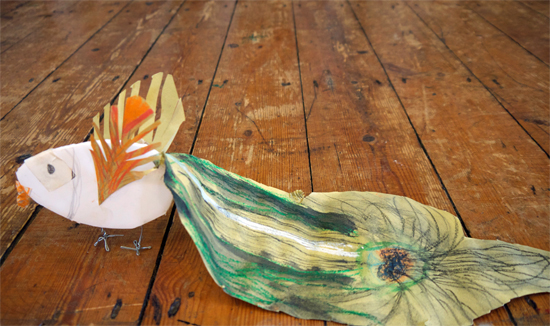
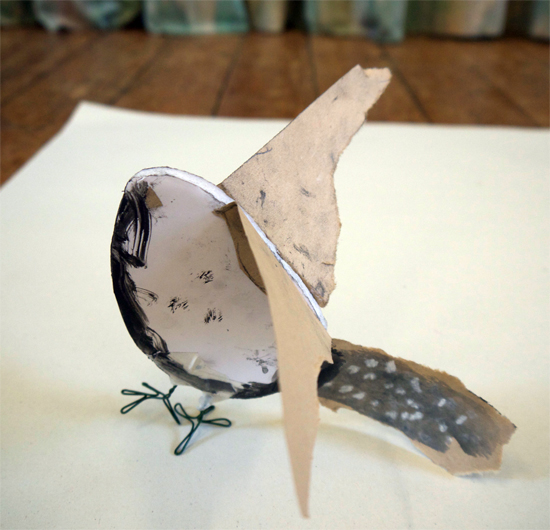
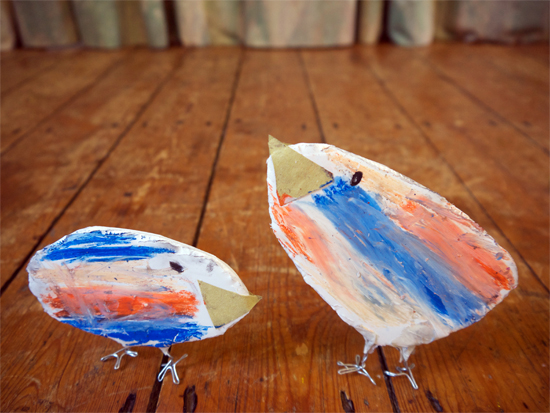

Teaching Notes
Find the MTP for this pathway here.
Please find the CPD session recording of the Making Birds pathway here.
Find an In The Studio session recording exploring observational and experimental drawing of feathers here.
Curriculum Links
Geography: Use language which supports understanding about continents (migration), maps, habitats.
Maths: Explore the relationship between 2D/3D shapes, weight, measuring.
Science: Explore birds, habitats, seasons, food chain
PSHE: Supports Peer Discussion, Collaboration, Responsibility to the planet.
I Can…
-
I can look carefully at photos and films of birds, take in the details and overall shapes, and then made drawings of what I have noticed.
-
I can drawn from life looking closely.
-
I can experiment with a variety of drawing materials and test ways to make marks that describe what I see.
-
I can use colour in my drawings and mix two or more different media together.
-
I have looked at the work of other artists who have been inspired by birds and I can share my response to their work.
-
I can fold, tear, crumple and collage paper to transform it from 2d to 3d.
-
I can use a variety of materials to make my own sculpture, and I have taken on the challenge of making my sculpture balance and stand.
-
I have seen how my sculpture can be part of a class artwork. I can see how all our sculptures are individual.
-
I can share my work with my classmates and teachers, and consider what was successful for me.
Time
This pathway takes 6 weeks, with an hour per week. Shorten or lengthen the suggested pathway according to time and experience. Follow the stages in green for a shorter pathway or less complex journey.
Materials
Sketchbooks, soft pencils, coloured pencils, handwriting pens, oil/chalk pastels, feathers, A2 cartridge, sugar paper, newsprint.
Project 1: Rubbings- Small objects, wax crayons.
Project 2: Drawing Fur (adapt to feathers) – Feathers, pastels, soft pencils.
Corrugated card or foamboard, wire or paper clips, glue sticks.
See the Pathway Used in Schools...
